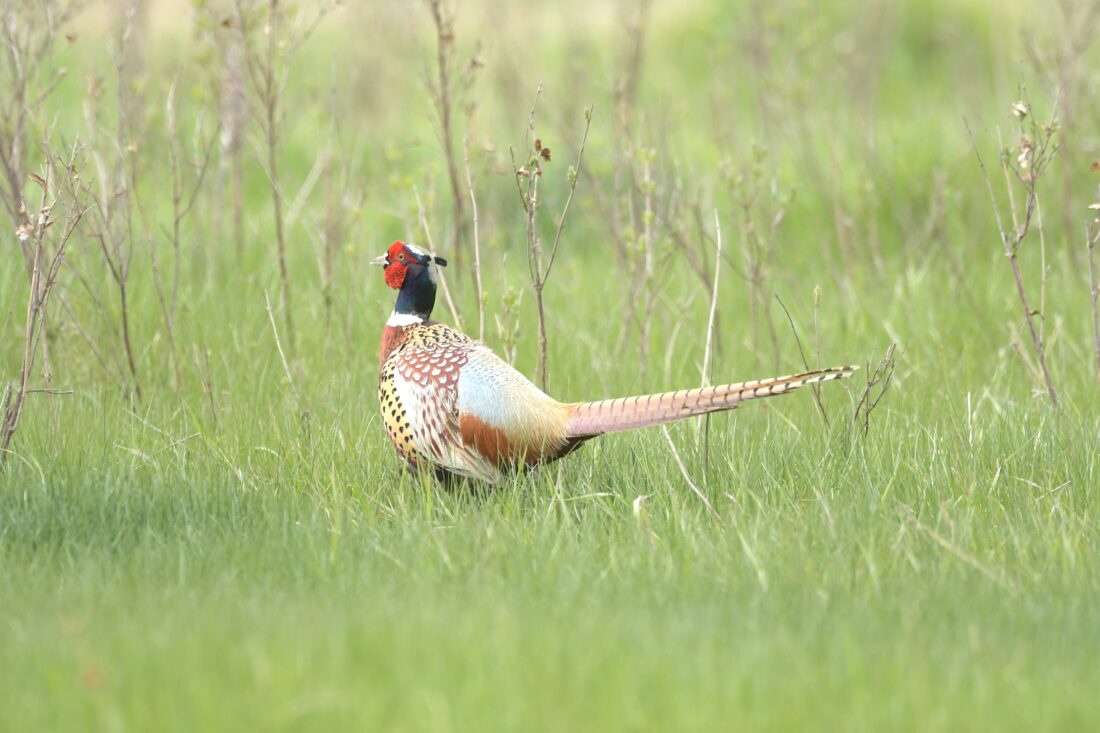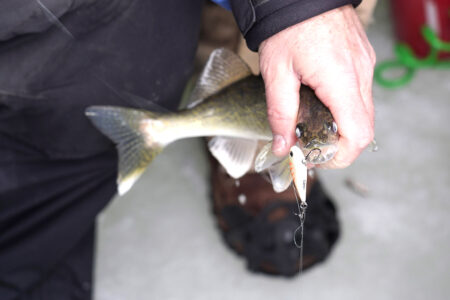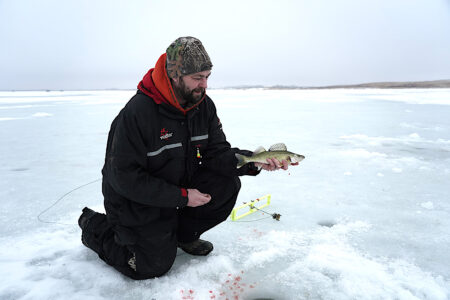North Dakota Outdoors: Pheasant hunting season looks promising

Submitted Photo For anxious October pheasant hunters in North Dakota, the early signs are promising. Photo from NDGF.
As September settles in and we inch closer to fall, some hunters have enjoyed August goose hunting, the opening of archery deer and dove hunting. For anxious October pheasant hunters in North Dakota, the early signs are promising.
Each spring, the North Dakota Game and Fish Department conducts its annual pheasant crowing count survey, which gives a preview of the potential fall population by estimating the number of rooster pheasants across the landscape. The 2025 results showed a 6% increase in crowing counts statewide compared to 2024 – a sign that pheasant numbers are holding steady or improving in most areas.
A second consecutive mild winter played a key role in this.
“We basically have had two really easy winters, especially by North Dakota standards, with not much snow and really nice temperatures,” said RJ Gross, department upland game management biologist. “High overwinter survival gives us a great starting point heading into spring and nesting.”
A key point is these resident populations may have localized pockets producing more birds or less depending on a variety of issues from late season storms or flooding to a random dry slot which missed needed summer rains.
Regional numbers from the crowing counts further support the optimism. The southwest, which has long been the heart of pheasant country in North Dakota, saw counts climb from 28.8 crows per stop in 2024 to 31.1 in 2025. The southeast also posted gains, up from 16.2 to 18.6 crows per stop. The northwest remained essentially flat, dropping slightly from 21.5 to 21.3, and even the northeast, where pheasant densities are typically lower, saw an increase from 5 to 6.5.
These surveys are conducted each spring when biologists drive designated 20-mile routes at sunrise, stopping every 2 miles to listen for crowing roosters for 2 minutes. While not a precise population estimate, the survey provides valuable trend data that helps monitor changes over time.
But spring crowing counts are just one piece of the puzzle. How the nesting and brood-rearing season unfolds is critical to determining how many pheasants hunters will encounter in the fall. So far, the outlook remains good.
“Entering the nesting season, residual grass cover looked good,” Gross said. “The timely May rains caused increased growth in nesting and brood rearing cover across the state. Combined with high overwinter survival the past two years and near ideal nesting habitat conditions, things are looking good for upland birds in North Dakota.”
Of course, a few curveballs from Mother Nature could still shift the outlook. Heavy rains, hail, or a stretch of cool, wet weather during the hatch could affect chick survival. But if favorable weather conditions continue, hunters should expect to see good numbers of birds this fall, especially in areas with quality habitat.
Soon the department’s roadside brood surveys will provide more detailed insight into reproductive success and give a clearer forecast for the hunting season.
For now, the trend is positive. Pheasant numbers are stable or increasing in key regions, and habitat conditions have been on the birds’ side. If the weather holds, 2025 could shape up to be another solid year in the uplands.



